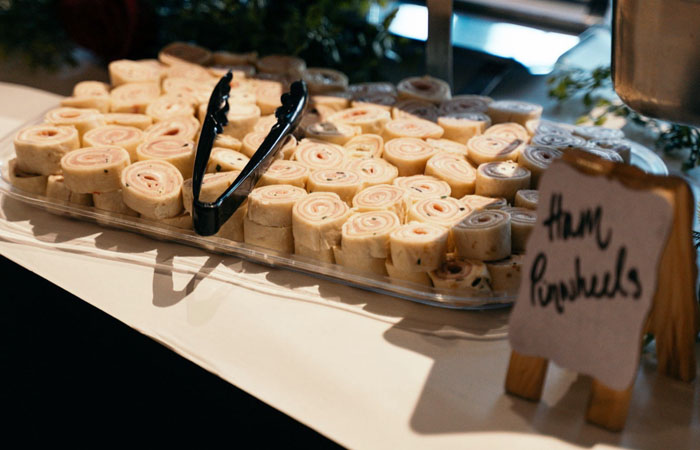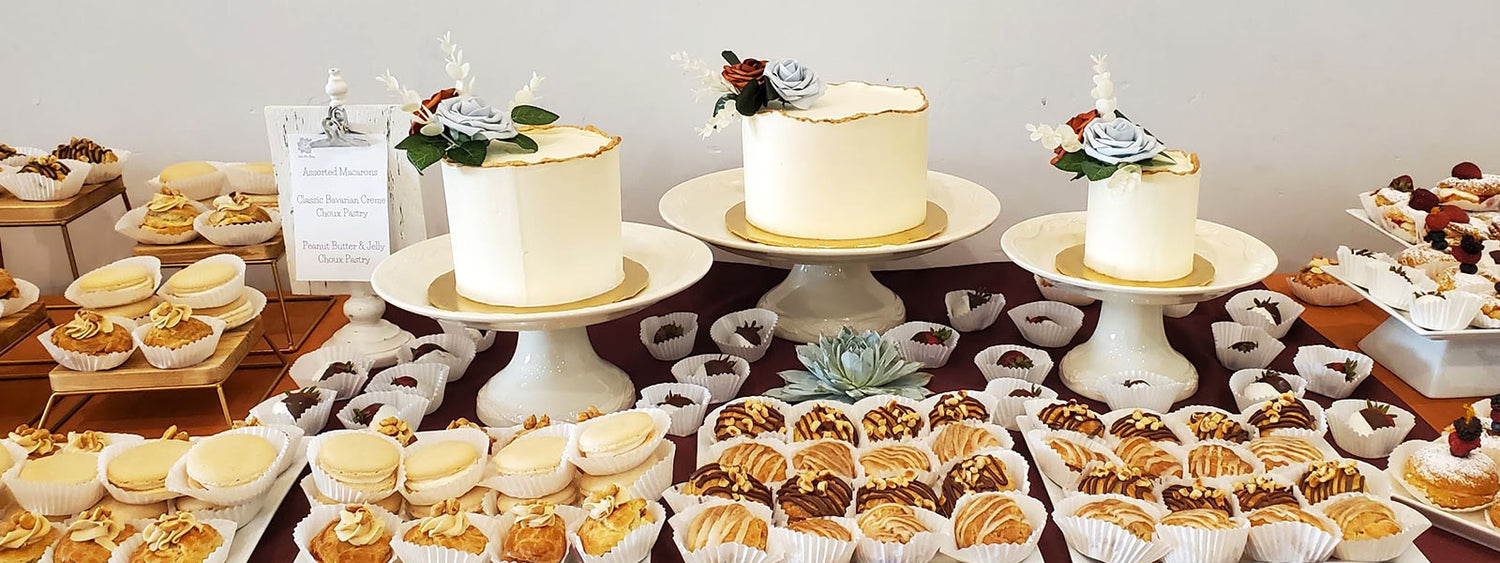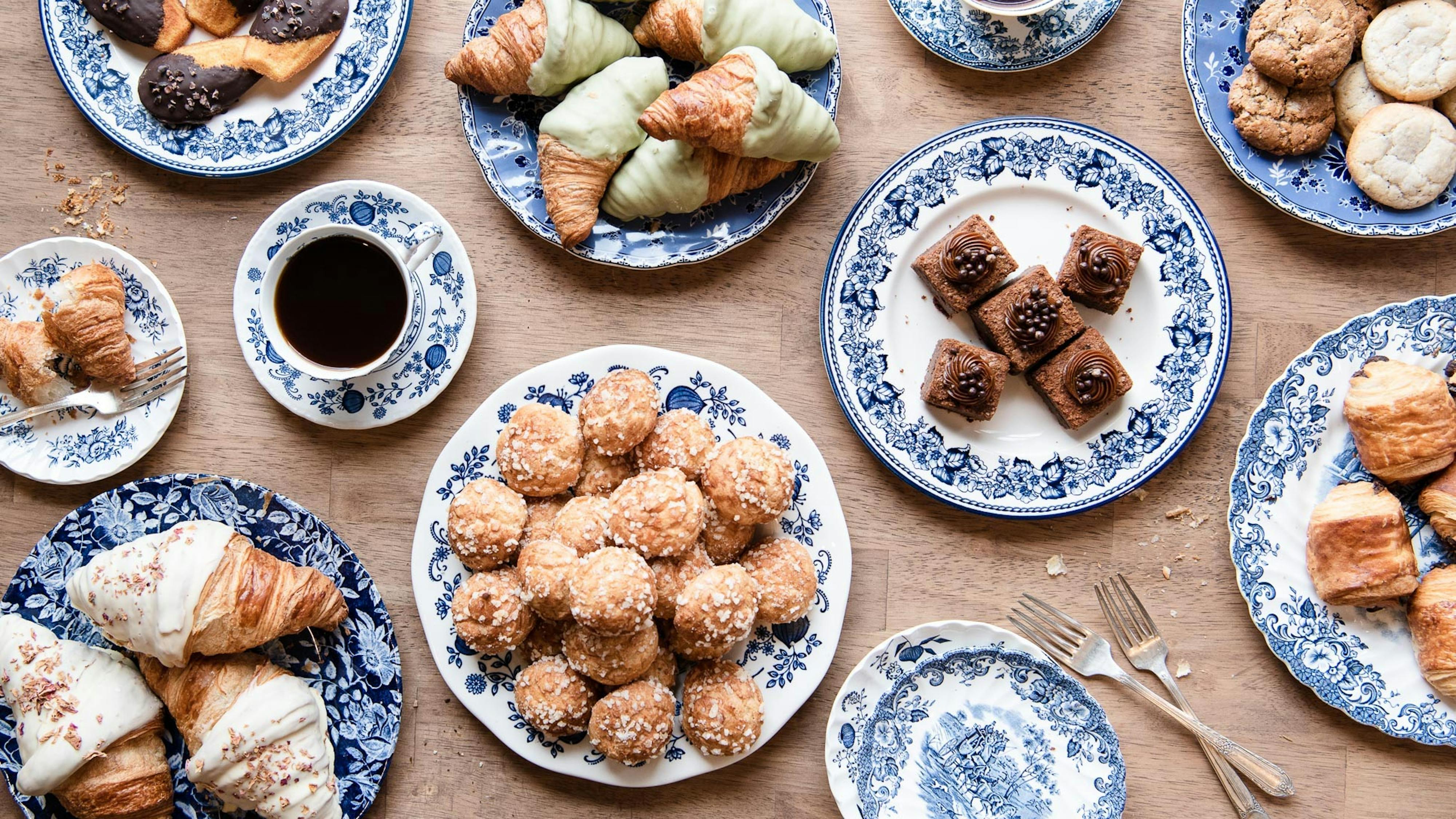Top-Rated Bakery Catering Maddington for Flavorful Treats
Top-Rated Bakery Catering Maddington for Flavorful Treats
Blog Article
Understanding the Art of Bakeshop Products: From Fresh Baked Breads to Irresistible Pastries and Finger Foods
The complex art of pastry shop products includes a spectrum of methods and active ingredients that transform fundamental elements right into culinary delights. From the science behind the best loaf of bread, where fermentation and gluten growth play critical functions, to the skill needed for developing layered pastries, each element exposes an engaging story of workmanship. The adaptability of finger foods shows just how taste and structure can be skillfully incorporated to involve varied preference choices. As we discover these elements, one might wonder: what underlying principles govern the success of these cherished developments?
The Scientific Research of Bread Making
At the heart of every loaf of bread lies a remarkable interaction of chemistry and biology. The process of bread making starts with the combination of flour, yeast, salt, and water-- each ingredient playing an essential duty in the end product. Flour contains healthy proteins, mostly glutenin and gliadin, which, when combined with water, form gluten (Catering Maddington). This elastic network is vital for trapping gases generated during fermentation.
Yeast, a living microorganism, ferments the sugars present in the flour, generating carbon dioxide and alcohol at the same time. The co2 gas creates bubbles in the dough, creating it to rise and establish a light appearance. The temperature and moisture throughout fermentation considerably affect yeast activity and, as a result, the bread's taste and appearance.

Mastering Bread Methods
Exactly how can one attain the fragile balance of structure and flavor that specifies exceptional bread? Mastering bread techniques calls for a deep understanding of components, approaches, and the science behind them. Basic to this craft is the choice of high-quality active ingredients-- flour, butter, sugar, and eggs-- each playing a vital role in the last product's taste and texture.
The method of lamination, which entails folding layers of dough and butter, produces the wanted flakiness in pastries like croissants and puff bread. Precision in temperature level is crucial, as butter must continue to be cool to guarantee optimum layers. Appropriate blending methods, such as the creaming technique for cakes, make sure also incorporation of air and fat, resulting in a light and airy crumb.
In addition, maintaining the ideal moisture degrees during baking can substantially influence the outcome, making sure that breads rise properly and attain that golden-brown coating. Finally, the art of pastry also requires perseverance and technique; each effort improves one's skill and understanding of the complex equilibrium called for to create irresistible pastries that delight the senses. Proficiency in these methods eventually identifies a proficient bread cook from an amateur.
Sorts Of Finger Foods
The globe of cooking thrills expands past breads to incorporate a vast selection of finger foods, which are commemorated for their comfort and adaptability. These bite-sized deals with are ideal for social events, providing an array of flavors and appearances that deal with varied palates.

On the sweeter side, bite-sized cupcakes and small pop over to this web-site tarts offer a delightful finish to any type of meal, appealing to those with a wonderful tooth. Furthermore, cheese and charcuterie boards work as an innovative selection, permitting guests to customize their attacks with a variety of meats, fruits, cheeses, and nuts.
Flavor Profiles in Cooking
Cooking is a complex dancing of taste accounts that incorporates sweet, tasty, and umami notes to produce a harmonious experience for the taste buds. Comprehending these profiles is important for bakers looking for to boost their creations.
Components such as chocolate and sugar introduce intricate wonderful get more notes that can either dominate or enhance other tastes. Components like cheeses, herbs, and spices can change an easy dough right into a diverse taste experience.
Umami, often overlooked in cooking, plays a significant function in enriching flavors. Active ingredients such as aged cheeses, fermented products, or perhaps specific nuts add to a mouthwatering deepness that improves total taste.
Furthermore, the interaction of acidity from active ingredients like buttermilk or citrus zest can brighten tastes, providing a revitalizing counterpoint to sweetness. By thoughtfully incorporating these flavor profiles, bakers can craft items that reverberate with diverse tastes buds, developing an unforgettable culinary experience. Eventually, understanding flavor profiles is vital to development on the planet of cooking.
Important Cooking Devices and Ingredients
Comprehending taste accounts in cooking sets the stage for choosing the right devices and active ingredients that facilitate the creation of outstanding baked items. The structure of effective baking hinge on having important tools at hand. Secret products consist of blending bowls, gauging cups, and spoons for accuracy, in addition to a strong stand mixer or hand mixer for easy mixing. A reliable set of baking frying pans-- such as sheet pans, loaf frying pans, and cake frying pans-- is crucial for achieving desired shapes and appearances.
Flour offers as the backbone of the majority of recipes; picking the ideal type-- be it pastry, bread, or all-purpose flour-- can significantly influence the result. Cooking powder and baking soft drink are important for developing lift in breads and cakes.
Furthermore, including flavor boosters like vanilla extract, seasonings, and citrus zest can raise your productions. By making sure accessibility to these fundamental devices and components, bakers can with confidence start their look here culinary trip, crafting a diverse range of fascinating baked goods.
Verdict
Finally, the art of bakeshop items encompasses a profound understanding of both imaginative techniques and scientific principles. Proficiency in bread production, bread prep work, and finger food presentation exposes the complex partnerships between procedures and active ingredients. Discovering diverse flavor accounts enhances the baking experience, while essential tools and active ingredients offer the structure for success. Eventually, the captivating world of cooking prospers on the unified interplay of science and imagination, leading to a myriad of wonderful culinary creations.
How can one achieve the fragile equilibrium of structure and flavor that specifies exceptional bread? Essential to this craft is the choice of high-quality components-- flour, butter, sugar, and eggs-- each playing a vital role in the last item's flavor and appearance.

Recognizing taste profiles in baking sets the phase for picking the right devices and ingredients that help with the development of phenomenal baked goods. Exploring diverse flavor accounts improves the baking experience, while essential tools and components supply the structure for success.
Report this page